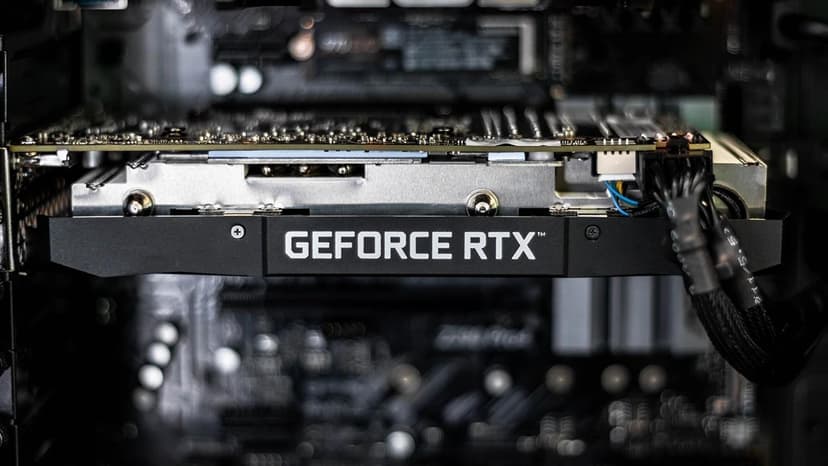Unlocking the Potential of GPU Scheduling
When it comes to harnessing the full capabilities of your computer's graphics processing unit (GPU), you may come across the term hardware accelerated GPU scheduling. This feature can boost your PC's performance, especially when dealing with graphics-heavy tasks or gaming. But the question that often arises is whether to keep this feature turned on or off. Let's explore the pros and cons and see what might be the best choice for you.
What is Hardware Accelerated GPU Scheduling?
To put it in simple terms, hardware accelerated GPU scheduling is a feature that allows GPUs to manage their own memory and schedule tasks more efficiently. This offloads some work from the central processing unit (CPU), potentially leading to smoother frame rates and better overall performance during heavy computational loads.
The Benefits of Turning It On
-
Enhanced Performance: The primary benefit of enabling hardware accelerated GPU scheduling is the performance boost it can provide during intense workloads. It streamlines how tasks are managed by the GPU, reducing latency and allowing your games or graphic applications to run more smoothly.
-
Reduced CPU Overhead: By offloading some of the scheduling responsibilities to the GPU, your CPU has more room to breathe. This can be particularly helpful if you're working with a CPU that's not at the cutting edge of performance.
-
Future-Proofing: As more applications and games begin to support this feature, keeping it turned on ensures that you are future-proofing your system for upcoming software that might rely heavily on this functionality.
The Cons of Having It Enabled
-
Compatibility Issues: Some users have reported compatibility issues, particularly with older games and applications that might not communicate well with this new scheduling method.
-
Early Adoption Hiccups: Like any relatively new feature, it could come with its share of bugs and hiccups, which may affect your system's stability or performance.
-
Varied Gains: Not all systems will experience significant performance improvements. With high-end CPUs, the difference might be negligible, while mid-range to low-end systems could benefit more.
When to Keep It Off
-
Stability Over Speed: If you're prioritizing system stability over marginal performance gains, keeping hardware accelerated GPU scheduling turned off can be the safe play.
-
Older Software Compatibility: For those using older software applications that might not play nicely with the latest GPU features, it's better to keep it switched off until compatibility improves or updates are released.
-
Minimal Performance Increase: Users with high-end CPUs and GPUs might not see much difference in performance, making it potentially unnecessary to have the feature enabled.
Striking the Right Balance
Every system is unique and can be configured in myriad ways depending on the hardware and software involved. Therefore, the best way to determine whether hardware accelerated GPU scheduling should be on or off is to test it yourself.
Start by turning the feature on and monitor your system's performance and stability over time. Play your favorite games, run your most used applications, and see if you notice any tangible benefits or drawbacks. If you encounter issues, revert the changes and test again without the feature. It is this kind of hands-on testing that will give you the clearest answer.
To enable or disable this feature, navigate to the Windows Settings, click on 'System', then 'Display', and scroll down to 'Graphics settings'. Here you'll find the switch for hardware accelerated GPU scheduling.
The decision to use hardware accelerated GPU scheduling is not one-size-fits-all. Users need to consider their individual needs, system configurations, and the types of applications they run. While the potential benefits can be enticing for some, others may not see enough of an improvement to warrant the change. Technologies continue to evolve, and support for hardware-accelerated GPU scheduling will likely improve over time. Keep an eye on updates from both Microsoft and GPU manufacturers like NVIDIA or AMD for enhancements that might swing the decision in the future.
After thoughtful consideration and perhaps a bit of trial and error, you'll be able to decide with confidence whether to have this feature on or off, ensuring your system is optimized for both performance and reliability.












